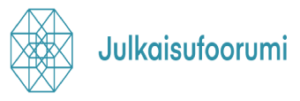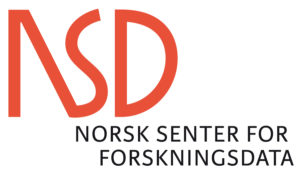Abstract:
This article presents the development and validation of a digital twin of a galvanic production line and a multi-agent system using the Unity environment as a simulation platform. The primary objective was to create a tool that supports the analysis, testing and optimization of process flows and intralogistics involving autonomous mobile robots. The model replicates the actual structure of the technological line, taking into account the sequence of operations, energy consumption, processing times and transport logic. By applying a modular architecture, input data—such as layout configuration, energy usage and operation sequences—are imported from external configuration files, enabling rapid generation and comparison of various scenarios. A series of simulation experiments was conducted and the results were compared with an idealized mathematical model. The analysis revealed the presence of bottlenecks, shifting throughput limitations, as well as queuing and routing conflicts that cannot be captured by simplified analytical models. Furthermore, it was shown that expanding the process structure increases total energy consumption but improves energy efficiency per produced unit. The developed digital twin enables safe testing of structural and operational changes and provides a foundation for future integration with MES or SCADA systems, as well as the advancement of predictive production process management.





